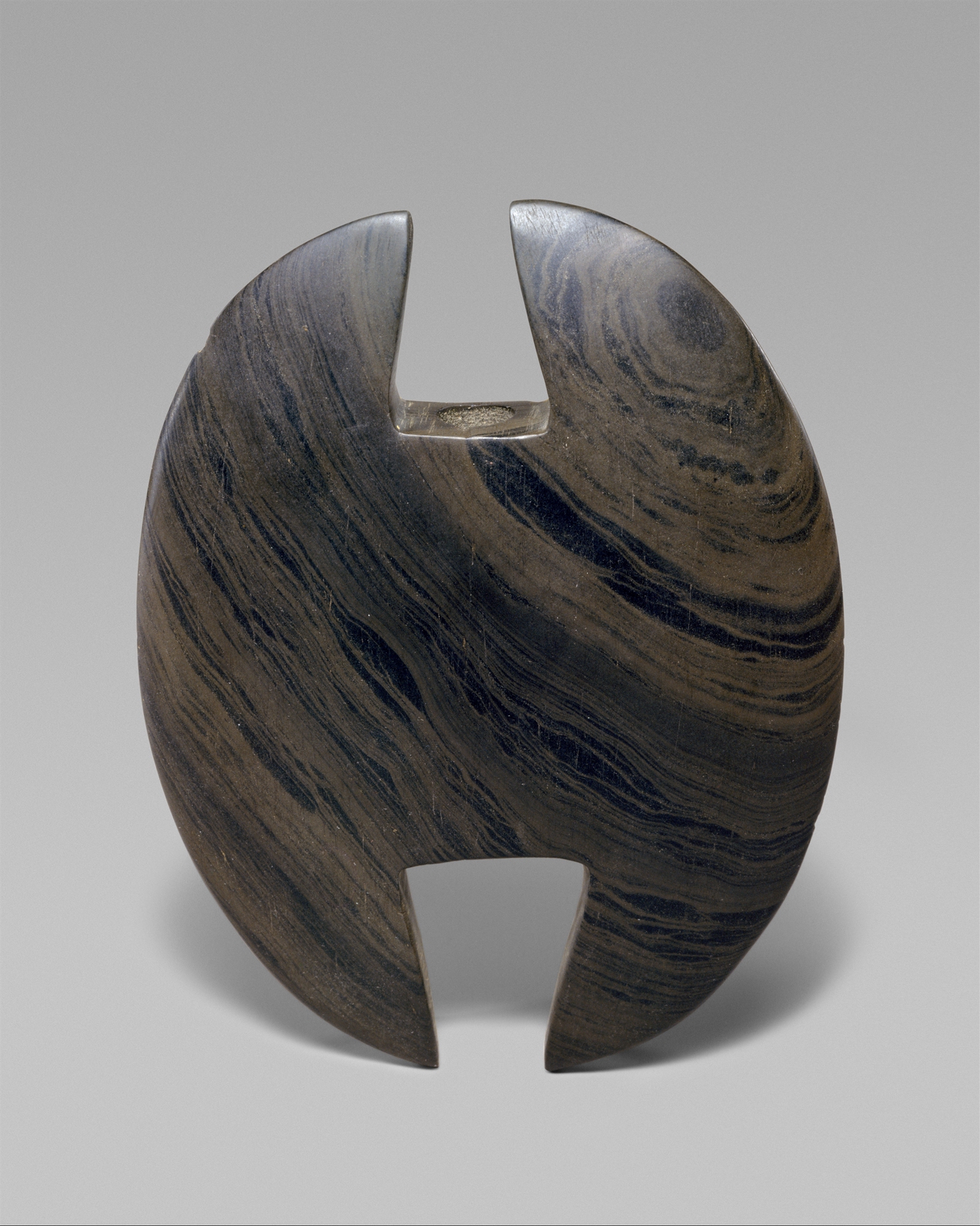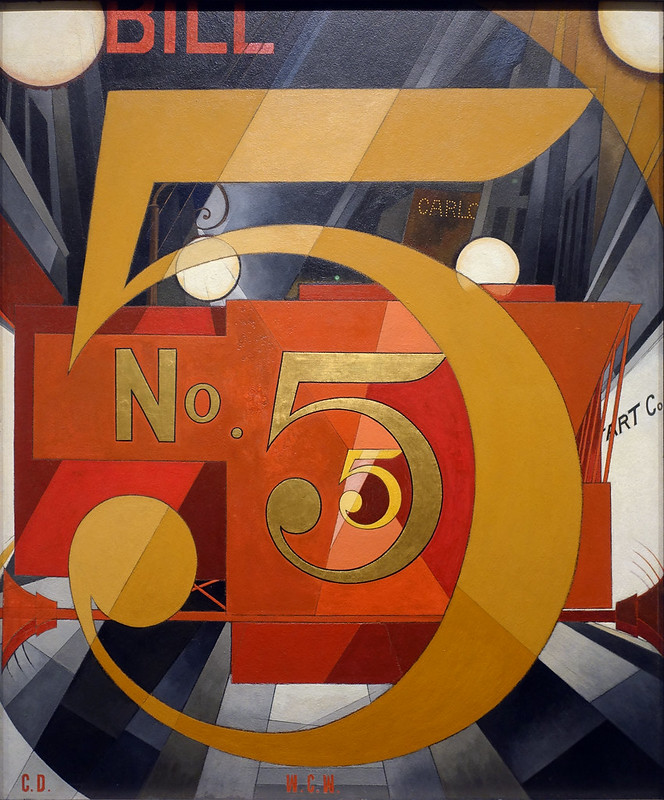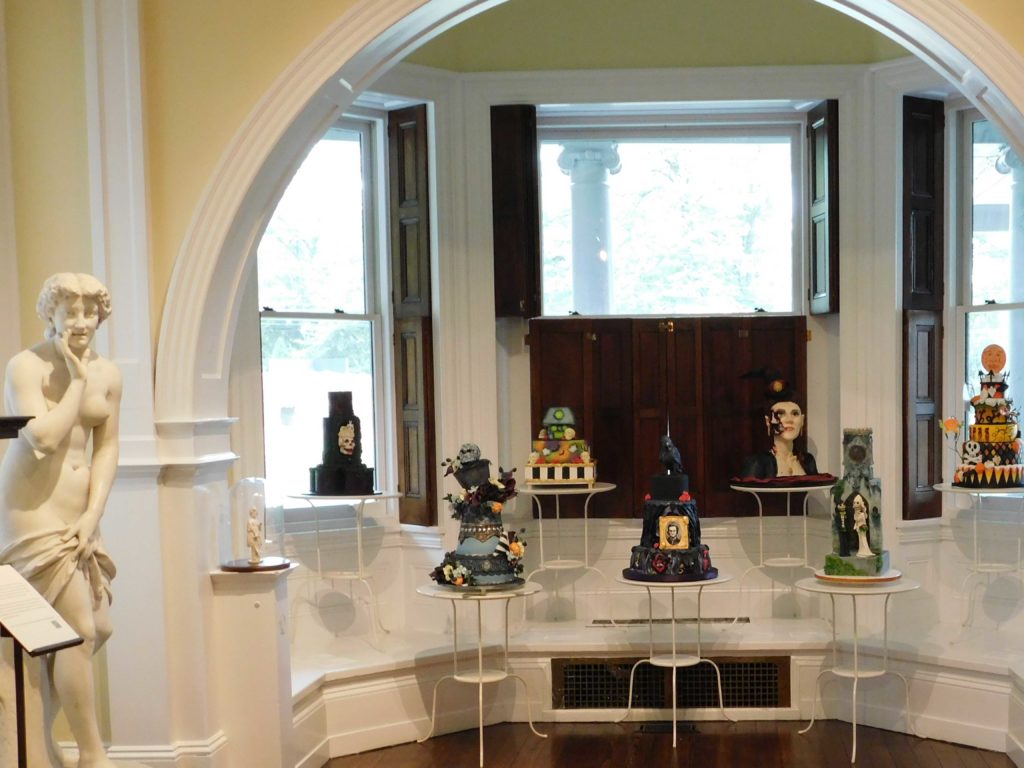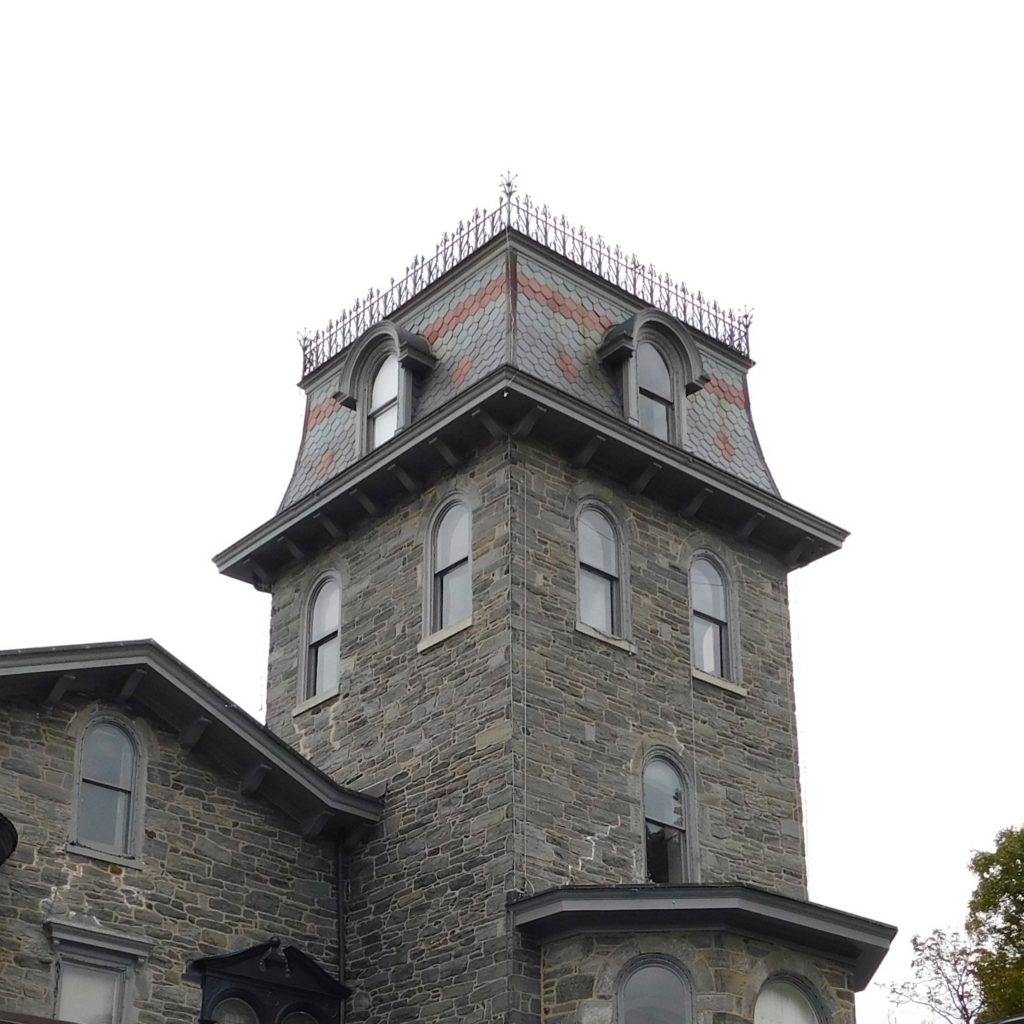Tag: museum
Dinosaur and Mosasaur Art from 1930s New Jersey: Alfred Poledo
I just posted about WPA-era posters created for the U.S. National Parks. One of the great successes of the Depression-era New Deal was how it provided jobs for all Americans, including artists who created lasting works of art like these Post Office murals.
Another beneficiary was the Rutgers Geology Museum. In 1936, the Works Progress Administration funded 21 paintings for the museum by Alfred Poledo, a little-known 1930s artist. Like, there is almost nothing on the Internet about him. There’s this at the Living New Deal, which indicates he was from Boonton, and there’s some census data that shows he was an Italian immigrant, born around 1888 and deceased by 1940.
At least three of his paintings are in the Zimmerli Art Museum at Rutgers University. The mosasaur, an extinct marine reptile whose fossils are found in New Jersey, is featured in two of the pieces, A Lagoon in Jurassic Time and A New Jersey Mosasaur, both dated 1936.
The undated Prehistoric Animals Ready for Battle is the only one that shows dinosaurs. What I presume is a Dryptosaurus (a New Jersey dino related to Tyrannosaurus) faces off against a Triceratops, while some hadrosaurs (the official New Jersey state dinosaur) walk through the background.
These three paintings were donated to the Zimmerli by Helgi Johnson, a professor in the Geology Department who died in 1974. It’s not clear whether the other paintings in the series are also in the Zimmerli or perhaps still at the Geology Museum.
Another Passenger Pigeon in England
There are two passenger pigeons at Horniman Museum in London. This one is in Birmingham. Even better, the Birmingham Museums have made the image freely available in their Digital Image Resource.

The Eternal Struggle: History vs. Ghost Stories
Was N.J.’s Spy House one of the most haunted spots in the country? That’s up for debate
The Seabrook-Wilson House, a.k.a the Spy House, was built in the early 1700s. Over the years, archaeology and historical research has uncovered much of the true history of the house. Now part of Bayshore Waterfront Park in Port Monmouth, New Jersey, the historic house museum has a slate of free history and science programs scheduled, including their new History on Tap series, beginning with Famous and Forgotten Shipwrecks of New Jersey, an Archaeological Perspective on November 14.

Two Passenger Pigeon Specimens in England
I recently stumbled upon two more passenger pigeon mounts I was unaware of. The Horninam Museum and Gardens in London, England, has two mounted passenger pigeons, a male and a female. Photos of the birds (NH.Z. 1768 and 1769) can be seen at the museum website.
The two pigeons are part of a natural history collection amassed by Samuel Prout Newcombe in the nineteenth century. Newcombe had owned a number of photography studios in London in the mid 1800s. He also was a writer, and in 1851 wrote a guide to the The Great Exhibition (also known as the Crystal Palace Exhibition) that focused on foods of the world, including an entry on the passenger pigeon. Around 1870, Newcombe sold his photography studios and retired to life a leisure.
Keenly interested in natural history, Samuel Prout Newcombe had amassed a large collection of specimens and books on natural history. … “Nature“, the International Journal of Science, reported in 1899 that: “Mr. S. Prout Newcombe has offered the London County Council his educational collection of natural history specimens and literature. This collection, which consists of about 21,000 objects, included a considerable number of works on natural history subjects“.
https://www.photohistory-sussex.co.uk/Hastings_Newcombe.htm
The Horniman received the Newcombe collection in 1905.
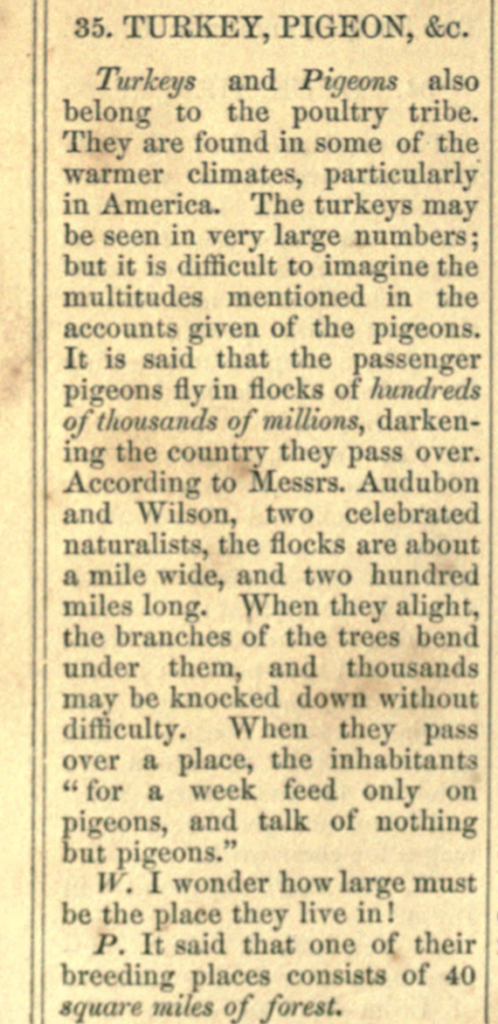
Internship at Ashfall
Update: This internship is available again for 2021. Runs from August 1 to October 10, 36-38 hour workweek.
One internship available Ashfall Fossil Beds State Historical Site in Nebraska.

A single internship will be offered for late summer/early autumn for field studies in vertebrate paleontology. With preference to geology or biology students, the position is open to college students with a genuine interest in, and knowledge of vertebrate paleontology, especially those aspiring to further their experience outside of the classroom. Duties include excavation, sorting of micro-vertebrate fossils, prep lab tasks, interpretive duties and other park support tasks.
* 30-34 hour workweek. $11.50 per hour.
* E-mail: rick.otto@UNL.EDU for details and application form.
* Find out more about the Ashfall site at www.ashfall.unl.edu
* Deadline: Applications will be accepted until the position has been filled.
Halloween Cakes at the Woodmere Art Museum
Dreadful Delights: a limited run exhibition (ending November 1) at the Woodmere Art Museum in Chestnut Hill, Pennsylvania.
Annie Alexander’s Contribution to Passenger Pigeon Research
An eyewitness account of trapping passenger pigeons in New Jersey in the early 1800s is one of only two publications by the woman who founded one of the premier paleontological museums in America.
In 1927, a short communication was published in the journal The Condor that quoted a letter from John Thomas Waterhouse to his parents back in England. Waterhouse described how the New Jerseyans hunted passenger pigeons using nets and guns.
New Bio: Henry Field, Anthropologist to the President
Physical anthropologist Henry Field, as in, the Field Museum, added to the list of Jazz Age Adventurers.
Banded Slate Bannerstone
An attractive, if poorly provenienced, banded slate bannerstone from Michigan. Ralph T. Coe Collection, Metropolitan Museum of Art.
